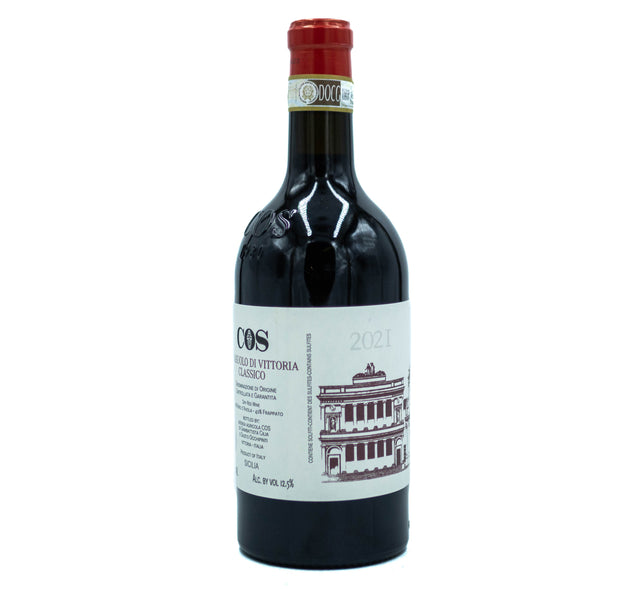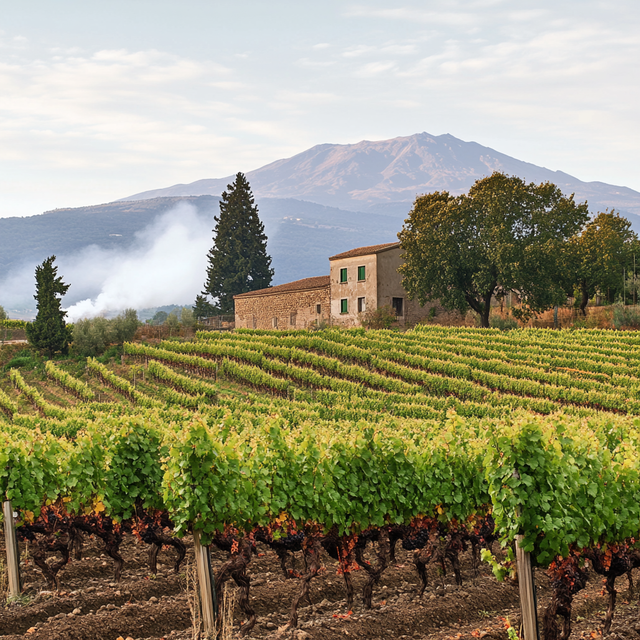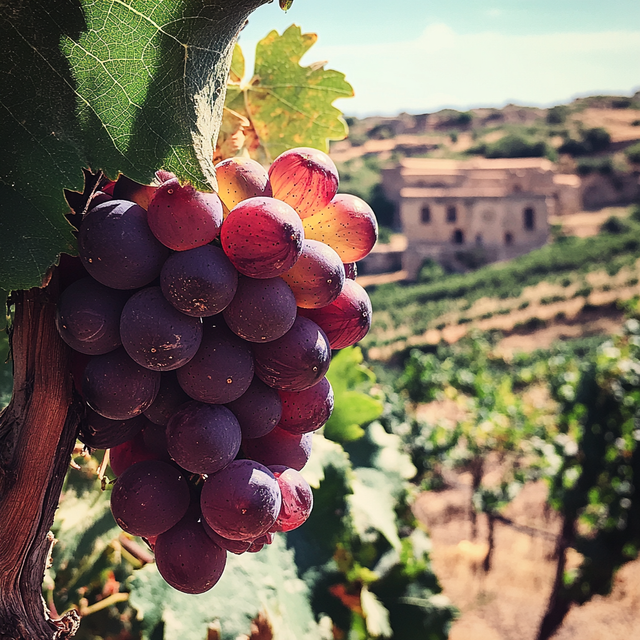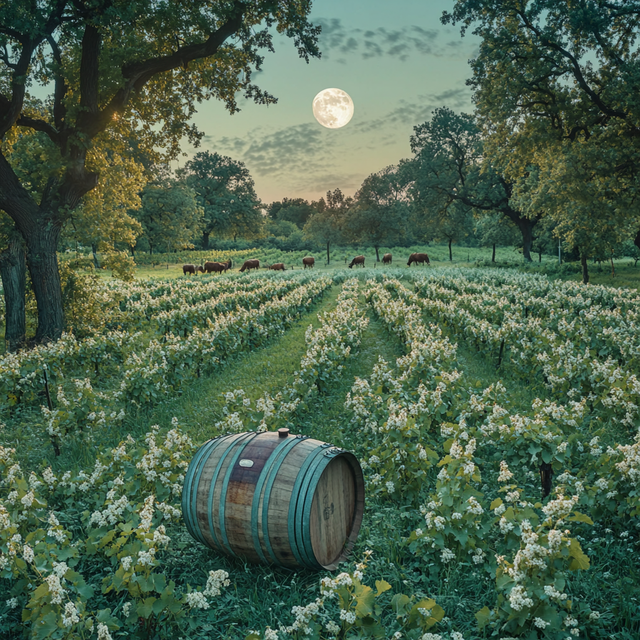Sicily, Italy’s largest island, blends ancient wine traditions with a fresh wave of modern creativity. Its star red grape, Nero d’Avola, thrives in the island’s warm, sun-soaked climate, producing intensely flavored wines with dark fruit and a hint of savory spice. Along the western coast lies the historic heartland of Marsala, a fortified wine prized for both sweet and dry styles. Rising above the island’s varied landscapes is Mount Etna, an active volcano whose mineral-rich soils and cooler elevations result in elegantly structured reds and nuanced whites. From coast to crater, Sicily’s wine culture is as diverse and vibrant as the region itself.
Italy - Sicily
Frappato is a light-bodied, aromatic red grape variety native to Sicily, known for producing wines with vibrant red fruit flavors, particularly cherry and strawberry, often accompanied by floral notes. It thrives in the warm Mediterranean climate and sandy soils of the region, creating fresh, lively wines with soft tannins and a hint of spice. Frappato is often blended with Nero d'Avola to create the famous Cerasuolo di Vittoria, but it also shines as a standalone varietal wine, offering a unique expression of Sicilian terroir.
Frappato
Practicing Biodynamic vineyard farming follows the core principles of biodynamics—treating the vineyard as a self-sustaining, living organism and aligning farming activities with lunar and cosmic rhythms—but without formal certification. These vineyards often use compost preparations, herbal sprays, and homeopathic remedies to nourish the soil and promote vine health, while fostering biodiversity and natural balance. Many small or artisan producers embrace biodynamics philosophically and practically but choose not to pursue certification due to its cost, administrative demands, or philosophical preference for independence. As a result, practicing biodynamic farms often reflect a deep, holistic commitment to the land, even without the official label.





